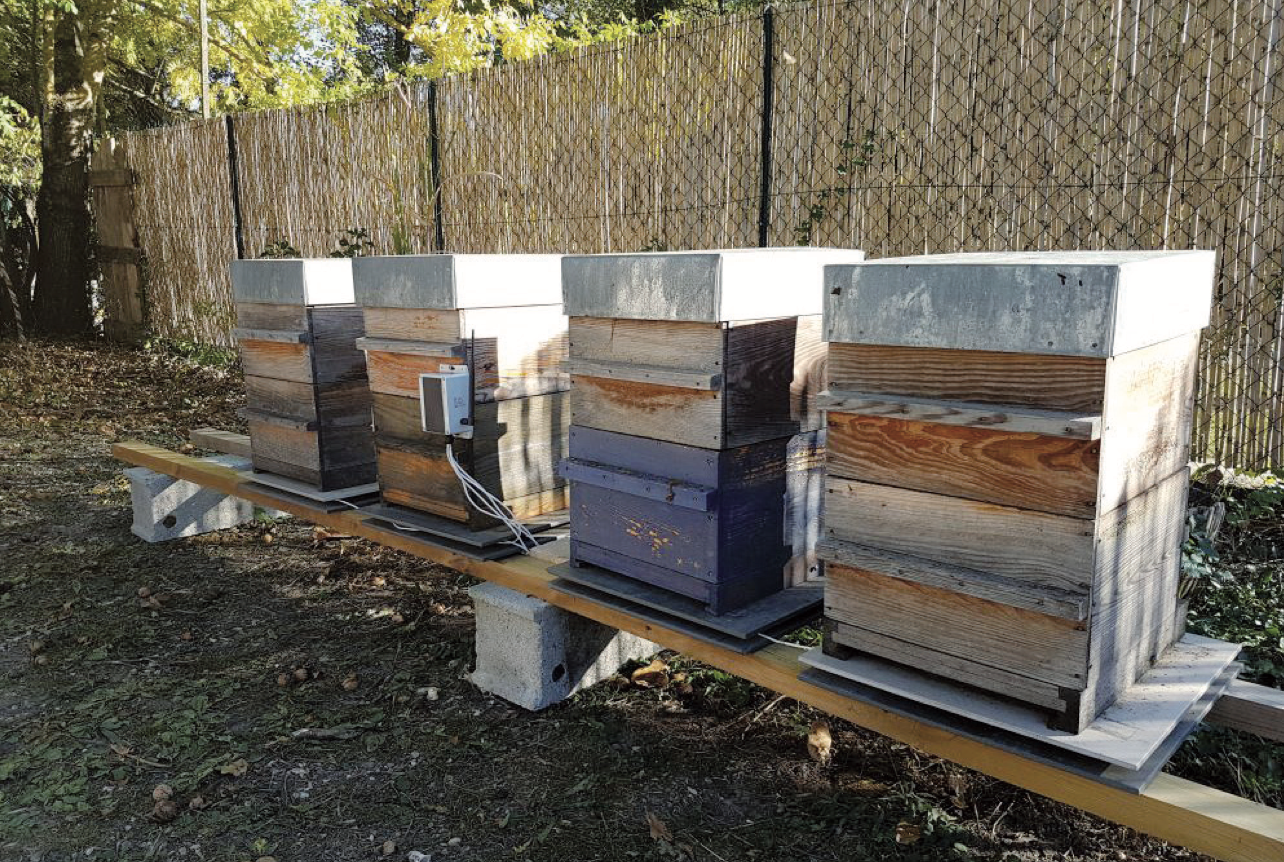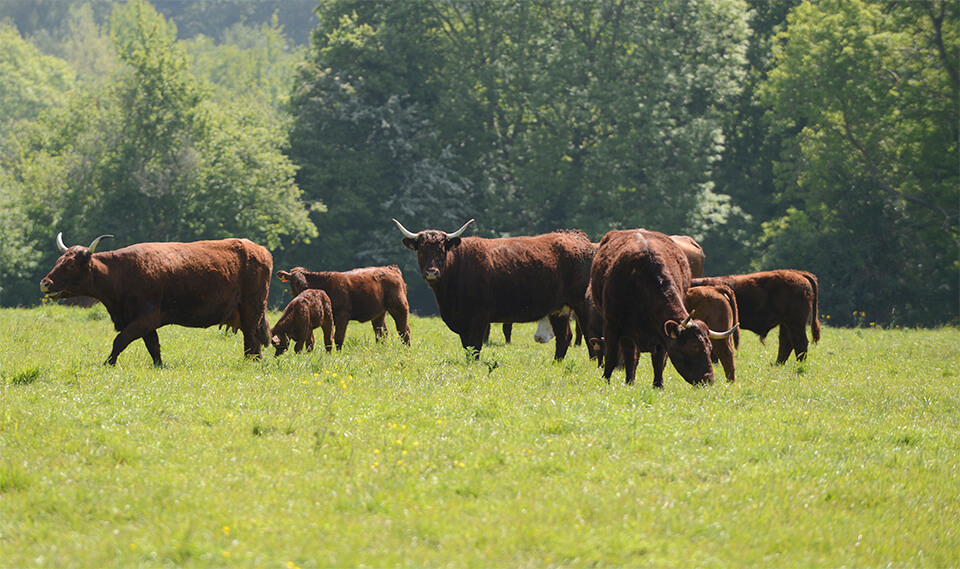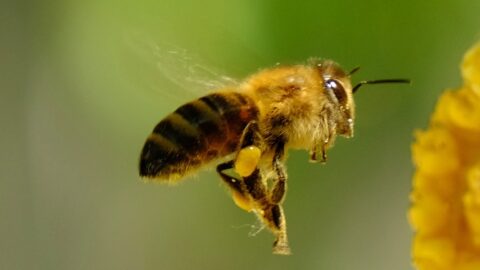Le charbon bactéridien

Auteurs
Résumé
La fièvre charbonneuse ou charbon bactéridien est une maladie infectieuse connue depuis le XVIIIè siècle. L’agent étiologique est Bacillus anthracis. De nombreuses espèces de mammifères, domestiques ou sauvages sont sensibles à B. anthracis, en particulier les herbivores. Cette zoonose à déclaration obligatoire se manifeste souvent par une mortalité rapide et soudaine dans les cheptels infectés. Elle est transmise à l’Homme par les animaux infectés ou leurs produits (peaux, corne, os...). Chez l’Homme, le charbon est reconnu comme maladie professionnelle. Le plus souvent, l’Homme acquiert la maladie au contact d’animaux malades ou de produits animaux contaminés. La maladie humaine existe sous trois formes en fonction de la voie de contamination. La forme cutanée est la plus fréquente. Chez l’animal, la vaccination est le mode de prévention le plus sûr, en particulier dans les zones où des foyers ont eu lieu par le passé. Aucune vaccination n’est disponible pour l’Homme, sauf dans certains programmes militaires. Un traitement antibiotique préventif doit être mis en oeuvre en cas de contact avec des animaux morts de charbon. B. anthracis est considéré comme un agent potentiel de bioterrorisme, du fait de sa capacité à sporuler.
Abstract
Anthrax is an infectious disease which has been recognised since the 18th century. The aetiological agent is the Bacillus anthracis. Numerous species of domesticated and wild mammals are susceptible to B. anthracis, especially herbivores. This legally notifi able zoonosis is often seen as rapid sudden mortality in infected herds. It is transmitted to man by infected animals or their products (hides, horns, bones etc…). In man, anthrax is recognised as an occupational disease. After 2 to 6 days of incubation the patient becomes sick, with vomiting and bloody diarrhoea. The transfer of toxins into the blood system provokes toxaemia and death if not treated rapidly. In animals, vaccination is the most effective preventive method, especially in areas where there has already been an outbreak of the disease in the past. There is no vaccination available for man except in some military programmes. A preventive antibiotic treatment must be initiated in the case of contact with animals which have died from anthrax. B. anthracis is considered to be a potential bioterrorism agent, due to its ability to sporulate.
D'autres articles
Découvrez aussi nos formations
12 janvier 2026
09h00 → 17h00
Abeille · Abeilles


